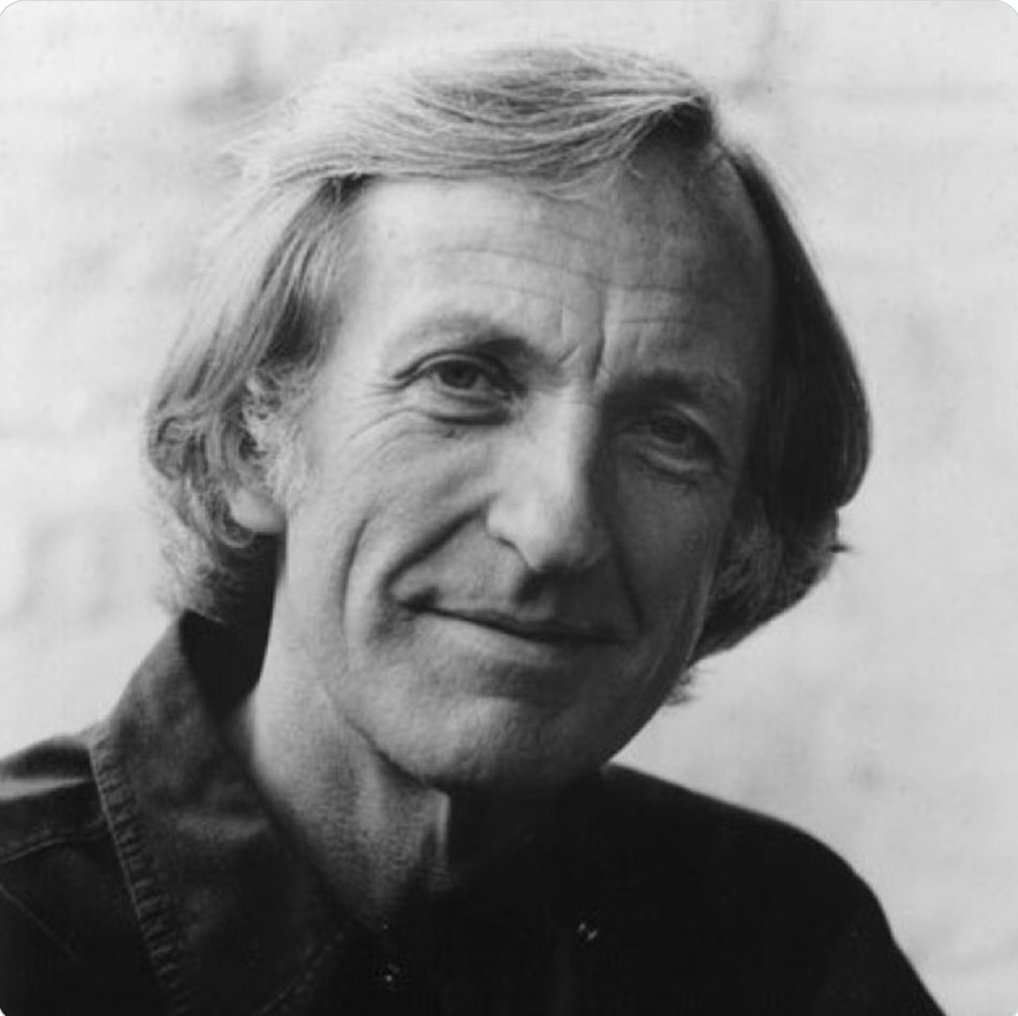I met Eddie Spearritt in the Philharmonic pub, overlooking Liverpool. It was a few years after 96 Liverpool football fans had been crushed to death at Hillsborough Stadium, Sheffield, on 15 April 1989. Eddie’s son, Adam, aged 14, died in his arms. The “main reason for the disaster”, Lord Justice Taylor subsequently reported, was the “failure” of the police, who had herded fans into a lethal pen.
“As I lay in my hospital bed,” Eddie said, “the hospital staff kept the Sun away from me. It’s bad enough when you lose your 14-year-old son because you’re treating him to a football match. Nothing can be worse than that. But since then I’ve had to defend him against all the rubbish printed by the Sun about everyone there being a hooligan and drinking. There was no hooliganism. During 31 days of Lord Justice Taylor’s inquiry, no blame was attributed because of alcohol. Adam never touched it in his life.”
Three days after the disaster, Kelvin MacKenzie, Rupert Murdoch’s “favourite editor”, sat down and designed the Sun front page, scribbling “THE TRUTH” in huge letters. Beneath it, he wrote three subsidiary headlines: “Some fans picked pockets of victims” . . . “Some fans urinated on the brave cops” . . . “Some fans beat up PC giving kiss of life”. All of it was false; MacKenzie was banking on anti-Liverpool prejudice.
When sales of the Sun fell by almost 40 per cent on Merseyside, Murdoch ordered his favourite editor to feign penitence. BBC Radio 4 was chosen as his platform. The “sarf London” accent that was integral to MacKenzie’s fake persona as an “ordinary punter” was now a contrite, middle-class voice that fitted Radio 4. “I made a rather serious error,” said MacKenzie, who has since been back on Radio 4 in a very different mood,aggressively claiming that the Sun’s treatment of Hillsborough was merely a “vehicle for others”.
When we met, Eddie Spearritt mentioned MacKenzie and Murdoch with a dignified anger. So did Joan Traynor, who lost two sons, Christopher and Kevin, whose funeral was invaded by MacKenzie’s photographers even though Joan had asked for her family’s privacy to be respected. The picture of her sons’ coffins on the front page of a paper that had lied about the circumstances of their death so deeply upset her that for years she could barely speak about it.
Such relentless inhumanity forms the iceberg beneath the Guardian’s current exposé of Murdoch’s alleged payment of £1m hush money to those whose phones his News of the World reporters have criminally invaded. “A cultural Chernobyl,” is how the German investigative journalist Reiner Luyken, based in London, described Murdoch’s effect on British life. Of course, there is a colourful Fleet Street history of lies, damn lies, but no proprietor ever attained the infectious power of Murdoch’s putrescence. To public truth and decency and freedom, he is as the dunghill
is to the blowfly. The rich and famous can usually defend themselves with expensive libel actions; but most of Murdoch’s victims are people like the Hillsborough parents, who suffer without recourse.
The Murdoch “ethos” was demonstrated right from the beginning of his career, as Richard Neville has documented. In 1964, his Sydney tabloid, the Daily Mirror, published the diary of a 14-year-old schoolgirl under the headline, “WE HAVE SCHOOLGIRL’S ORGY DIARY”. A 13-year-old boy, who was identified, was expelled from the same school. Soon afterwards, he hanged himself from his mother’s clothesline. The “sex diary” was subsequently found to be fake. Soon after Murdoch bought the News of the World in 1971, a strikingly similar episode involving an adolescent diary led to the suicide of a 15-year-old girl. And Murdoch himself said, of the industrial killing of innocent men, women and children in Iraq: “There is going to be collateral damage. And if you really want to be brutal about it, better we get it done now . . .”
His most successful war has been on journalism itself. A leading Murdoch retainer, Andrew Neil, the Kelvin MacKenzie of the Sunday Times, conducted one of his master’s most notorious smear campaigns against ITV (like the BBC, a “monopoly” standing in Murdoch’s way). In 1988, the ITV company Thames Television made Death on the Rock, an investigative documentary that lifted a veil on the British secret state under Margaret Thatcher, describing how an SAS team had murdered four unarmed IRA members in Gibraltar with their hands in the air.
The message was clear: Thatcher was willing to use death squads. The Sunday Times and the Sun, side by side in Murdoch’s razor-wired Wapping fortress, echoed Thatcher’s scurrilous attacks on Thames Television and subjected the principal witness to the murders, Carmen Proetta, to a torrent of lies and personal abuse. She later won £300,000 in libel damages, and a public inquiry vindicated the programme’s accuracy and integrity. This did not prevent Thames, an innovative broadcaster, from losing its licence.
Murdoch’s most obsequious supplicants are politicians, especially New Labour. Having ensured that Murdoch pays minimal tax, and having attended the farewell party of one editor of the Sun, Gordon Brown was recently in full fawn at the wedding of another editor of the same paper. Don Corleone expects nothing less.
The hypocrisy, however, is almost magical. In 1995, Murdoch flew Tony and Cherie Blair first-class to Hayman Island, Australia, where the aspiring war criminal spoke about “the need for a new moral purpose in politics”, which included the lifting of government regulations on the media. Murdoch shook his hand warmly. The next day the Sun commented: “Mr Blair has vision, he has purpose and he speaks our language on morality and family life.”
The two are devout Christians, after all.


